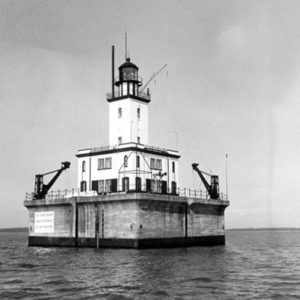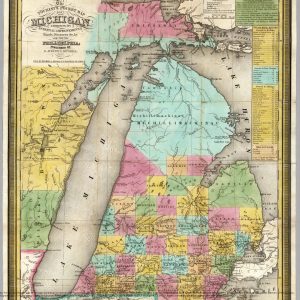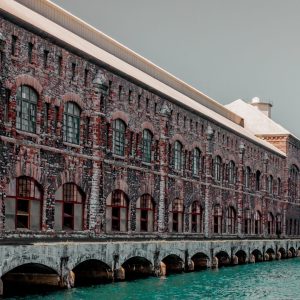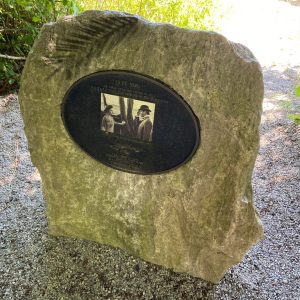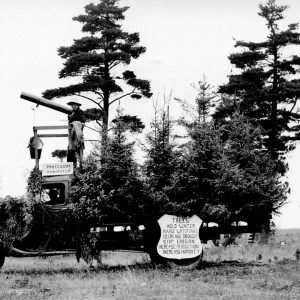A Key Michigan Lighthouse The DeTour Passage is a vital route to Lake Superior from Lake Huron. Sitting three miles south of DeTour Village, Michigan, the DeTour Reef Light marks this important shipping channel. Nearly all freighters traveling to and from Lake Superior pass through this passage, along with countless recreational boats carefully navigating the shallow DeTour Reef. Early History: From Point DeTour to Offshore Reef The first lighthouse at Point DeTour was built in 1847. It protected mariners from the hazards of the passage. By 1931, the lighthouse was moved offshore atop DeTour Reef on a crib foundation. Constructed… Read More »


